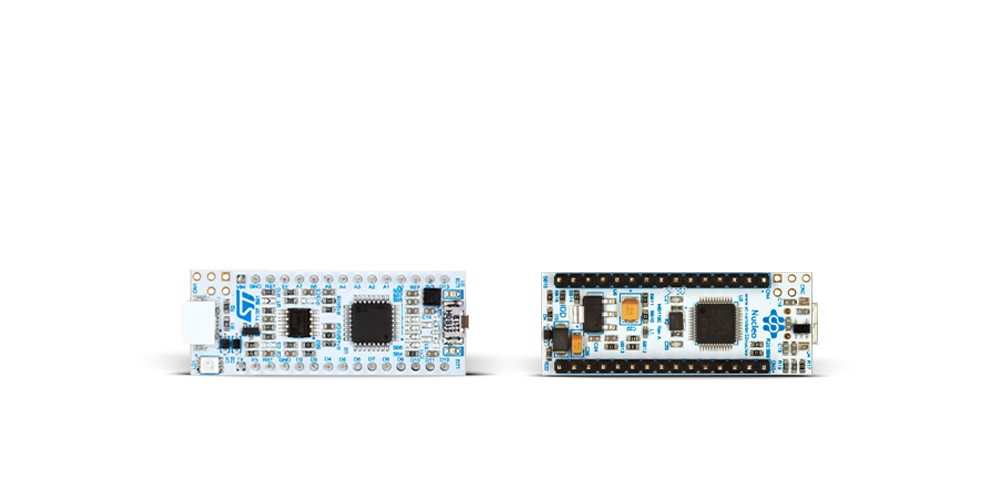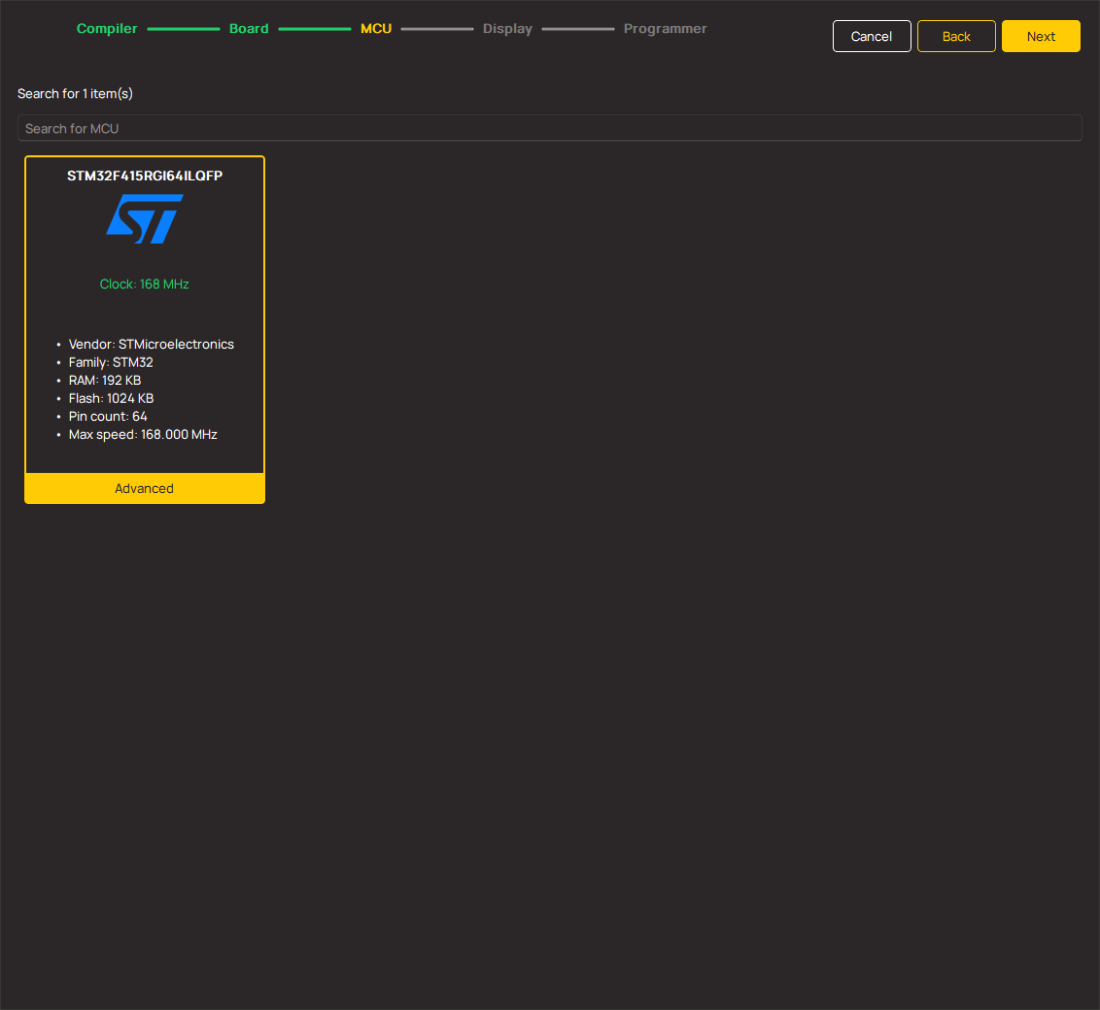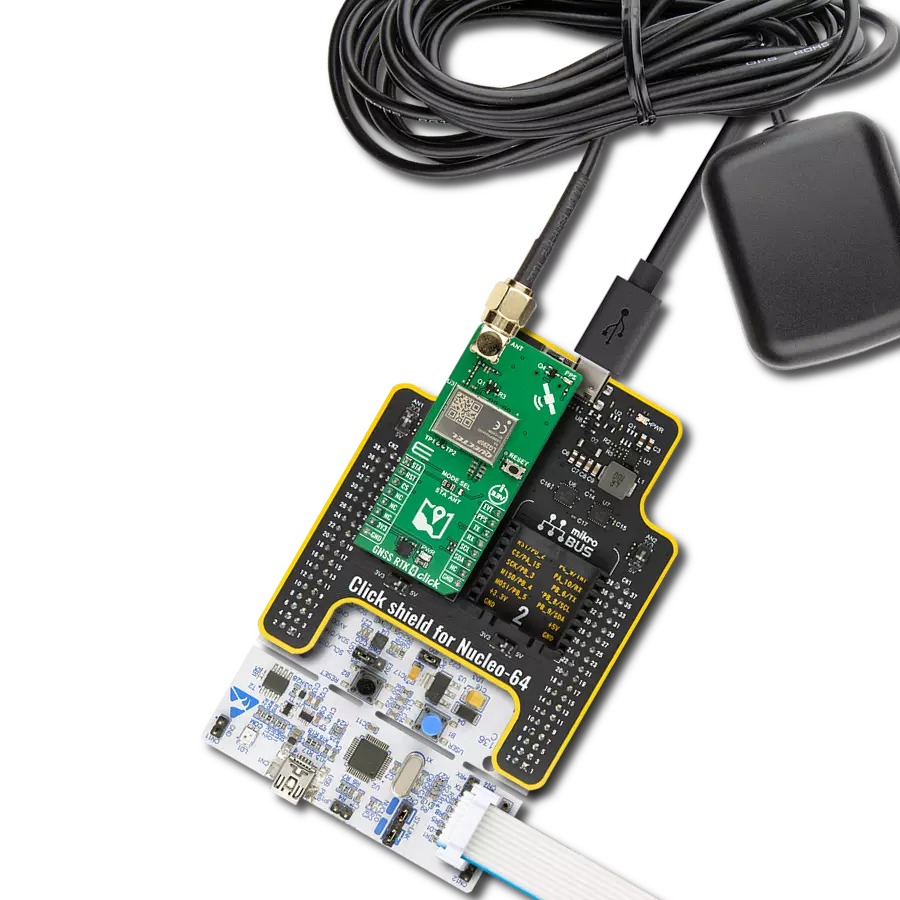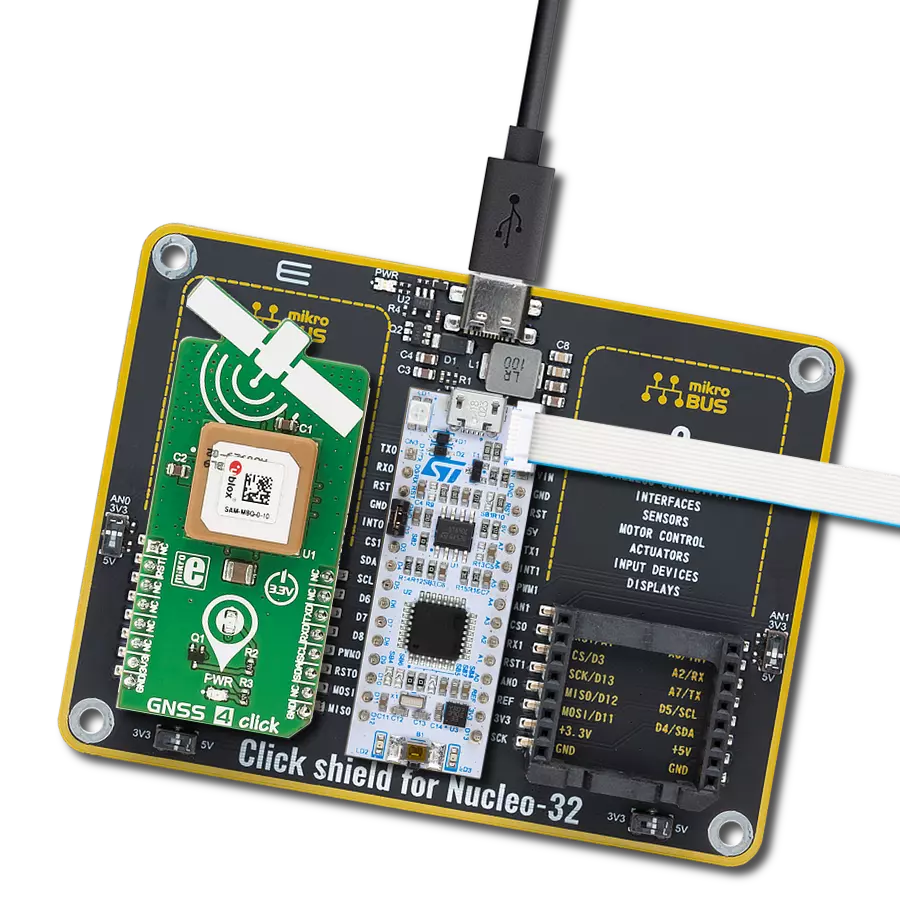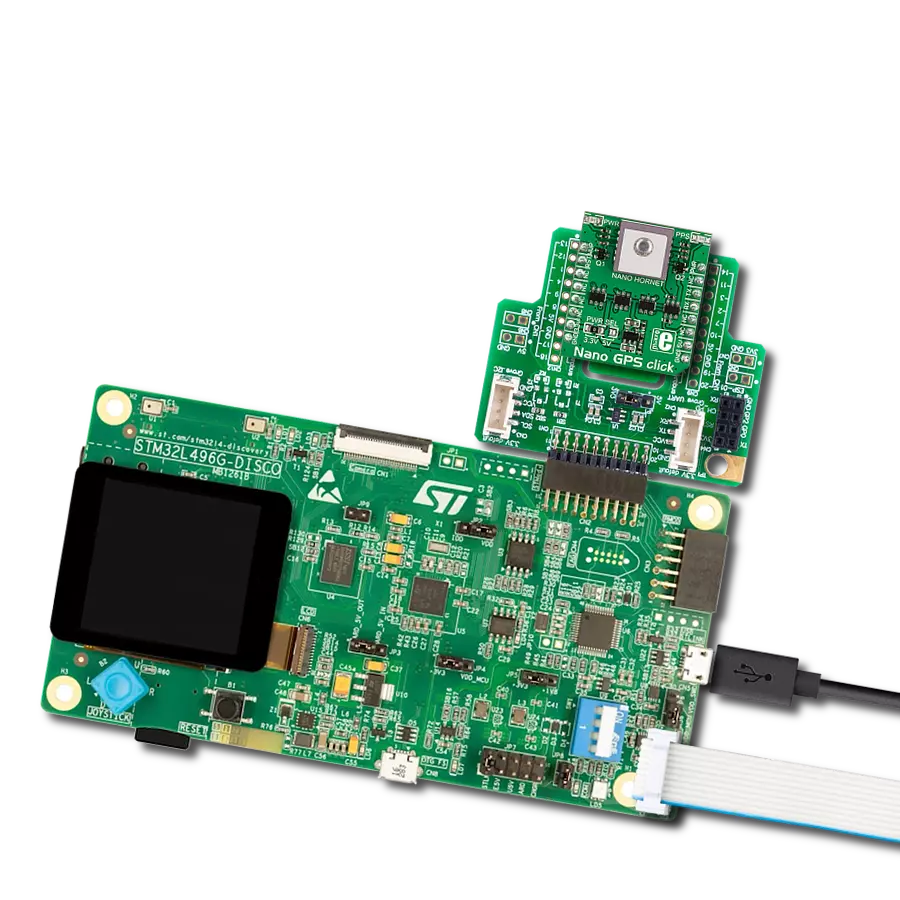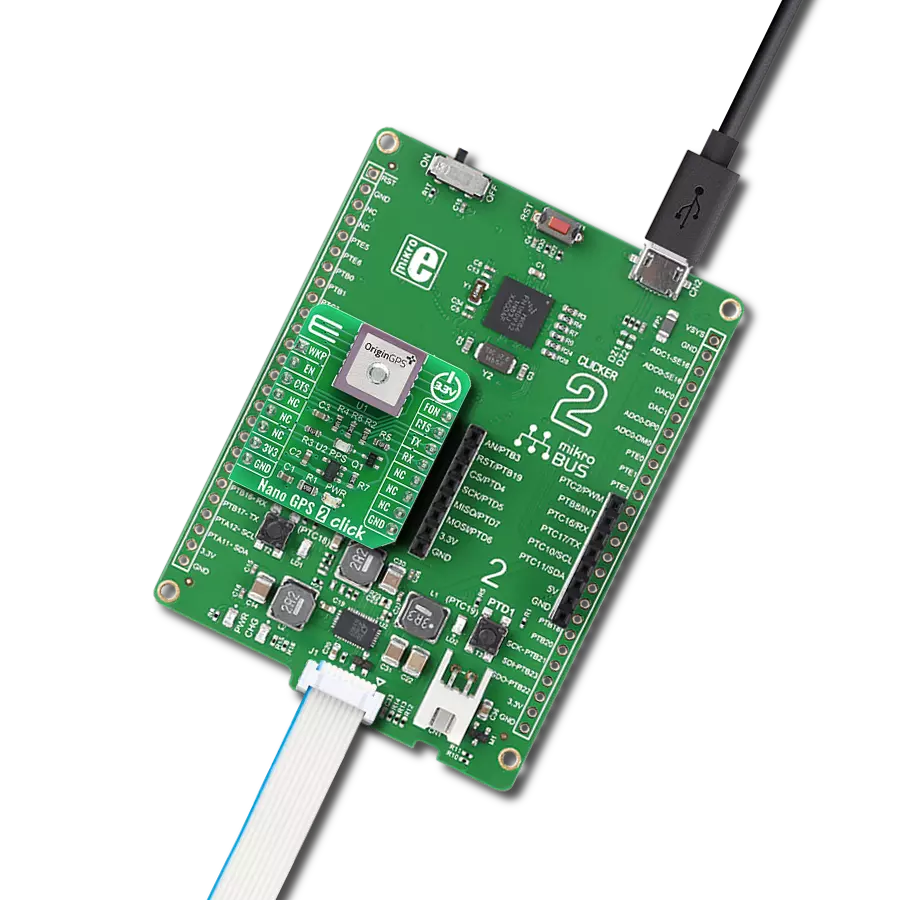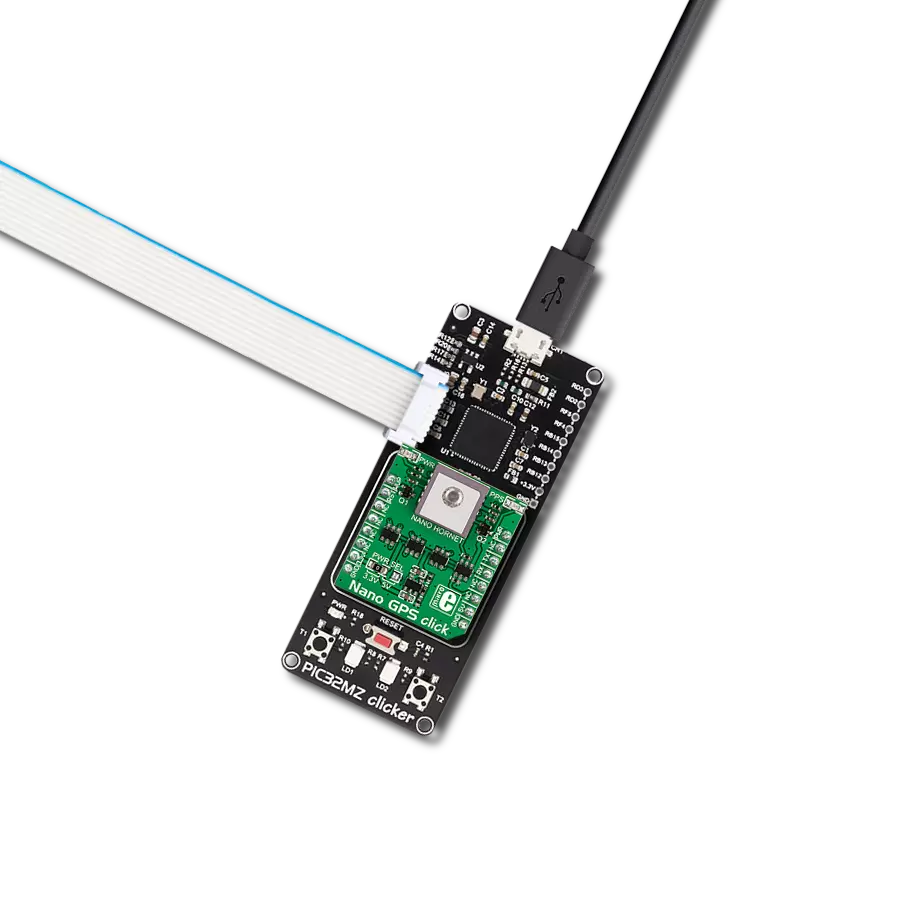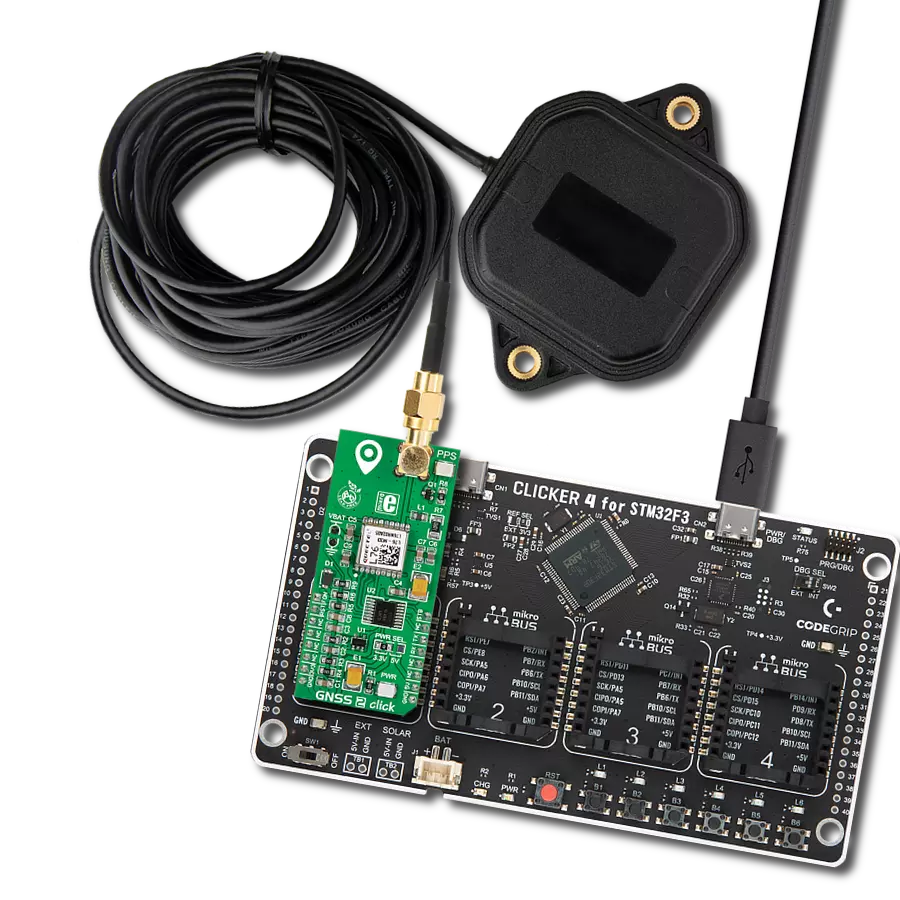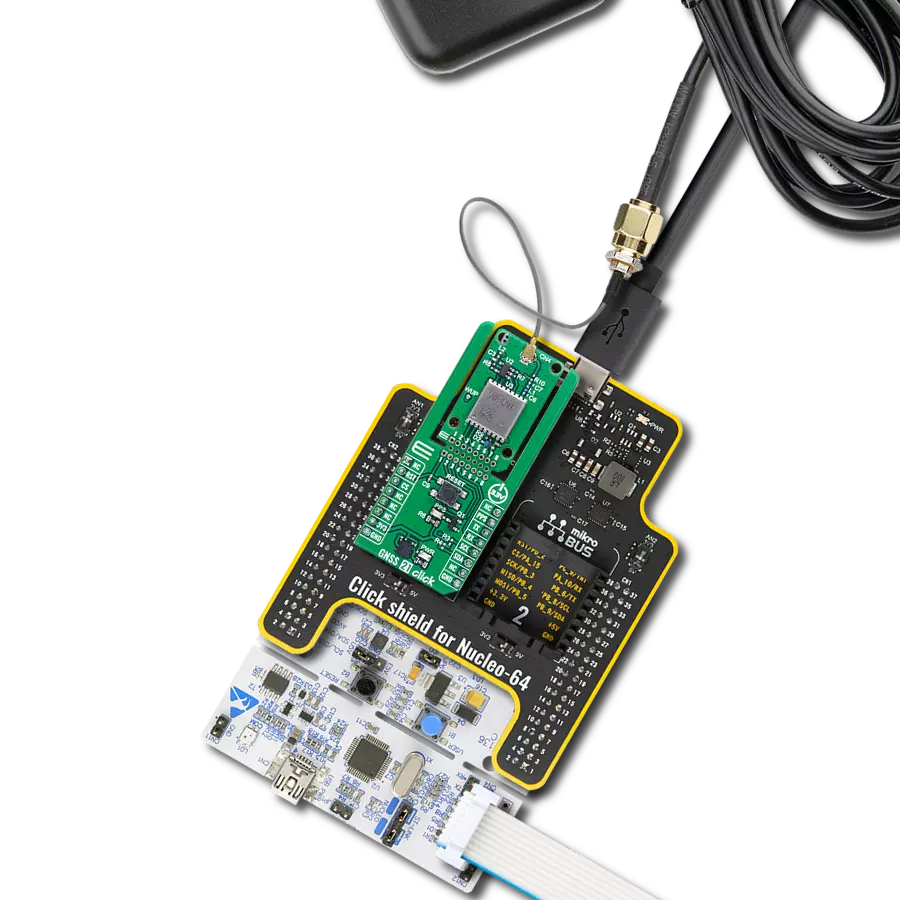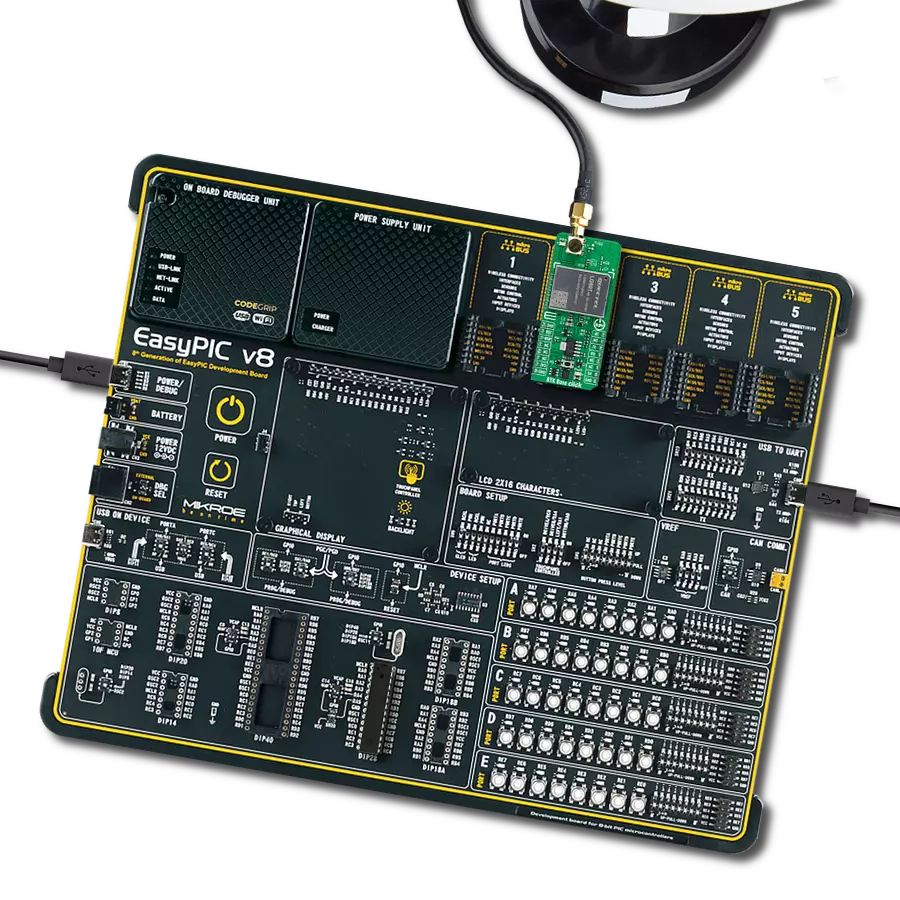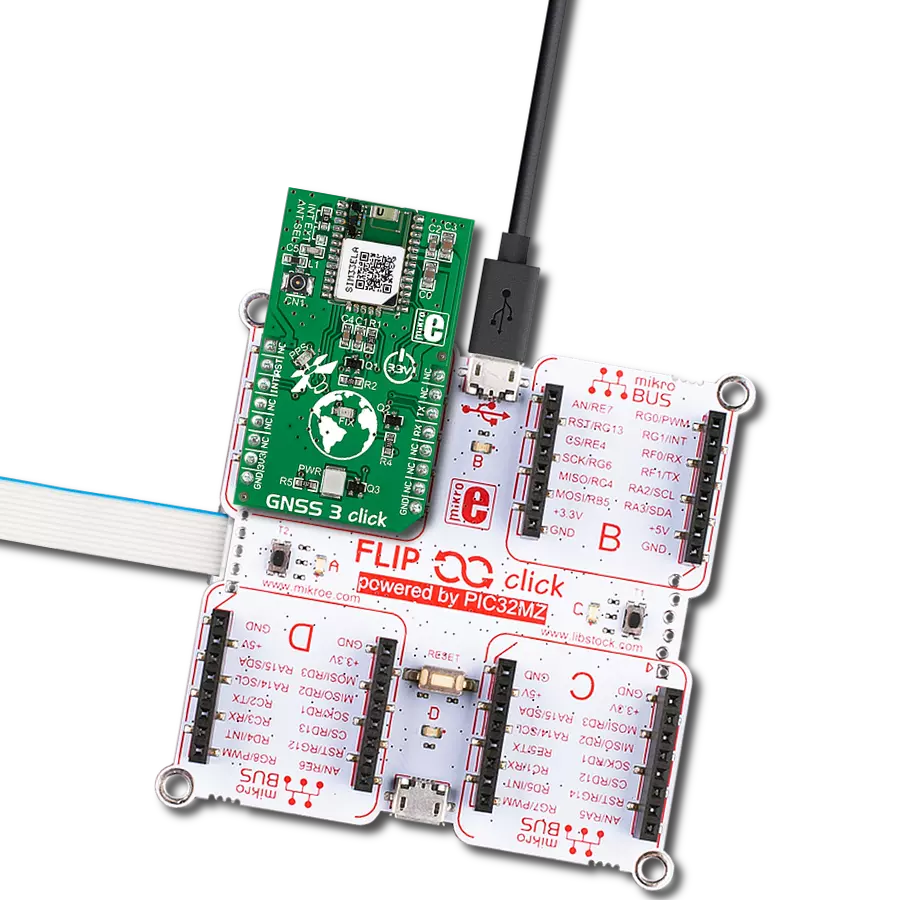Our advanced GNSS solution supports navigation, mapping, and geographic analysis by providing real-time positioning data, enhancing decision-making and productivity
A
A
Hardware Overview
How does it work?
GNSS 3 Click is based on the SIM33ELA module, a standalone or A-GPS receiver with a built-in chip antenna from SIMCom. The SIM33ELA supports only the L1 band with 33 tracking and 99 acquisition channels. The module provides complete signal processing from antenna input to host port in either NMEA messages with the maximum update rate of 10Hz. The module is an ultra-low tracking power consumption device with a high sensitivity of -165dBm while tracking and -147dBm in acquisition mode with fast re-acquisition time. The greater number of visible satellites increases positioning accuracy (<2.5m CEP) and decreases acquisition time (<1.5s TTFF with a warm start). GNSS 3 Click supports anti-jamming, better positioning under weak signal conditions with onboard LNA, and 12 multi-tone active interference cancellers. The SIM33ELA supports EPO (Extended Prediction Orbit) data service that can predict a 7/14/31-day orbit to
customers, with occasional downloads from the EPO server. Information like ephemeris, almanac, rough last position and time, satellite status, and optional time synchronization will reduce TTFF. It can be uploaded to the SIM33ELA module by the host side. EASY (Embedded Assistant System) mode predicts satellite navigation messages from the received ephemeris. The module also supports DGPS SBAS (Satellite Based Augmentation System) and RTCM, where only one mode can be used at a time. The SBAS depends on the user’s continent. The SIM33ELA uses the UART interface with commonly used UART RX and TX pins as its default communication protocol for the host microcontroller. It operates at 115200bps by default configuration to transmit and exchange data. In addition, this Click board™ features other functions accessible through mikroBUS™ signals, such as Reset (RST) for resetting the device and INT pin that could control the module coming
into or waking up from Sleep mode. In addition to the possibility of using the built-in chip antenna, this Click board™ can also use an external active antenna offered by Mikroe, thanks to the onboard n.FL connector and ANT SEL solder jumper set to INT or EXT position. In addition to precise positioning, the GNSS 3 Click also has an accurate timing signal indicated via a red LED indicator marked as PPS, the successful positioning indicated by a yellow LED indicator marked as FIX, and the green PWR LED, which acts as a wake-up indicator. This Click board™ can be operated only with a 3.3V logic voltage level. The board must perform appropriate logic voltage level conversion before using MCUs with different logic levels. Also, it comes equipped with a library containing functions and an example code that can be used as a reference for further development.
Features overview
Development board
Nucleo 32 with STM32F031K6 MCU board provides an affordable and flexible platform for experimenting with STM32 microcontrollers in 32-pin packages. Featuring Arduino™ Nano connectivity, it allows easy expansion with specialized shields, while being mbed-enabled for seamless integration with online resources. The
board includes an on-board ST-LINK/V2-1 debugger/programmer, supporting USB reenumeration with three interfaces: Virtual Com port, mass storage, and debug port. It offers a flexible power supply through either USB VBUS or an external source. Additionally, it includes three LEDs (LD1 for USB communication, LD2 for power,
and LD3 as a user LED) and a reset push button. The STM32 Nucleo-32 board is supported by various Integrated Development Environments (IDEs) such as IAR™, Keil®, and GCC-based IDEs like AC6 SW4STM32, making it a versatile tool for developers.
Microcontroller Overview
MCU Card / MCU
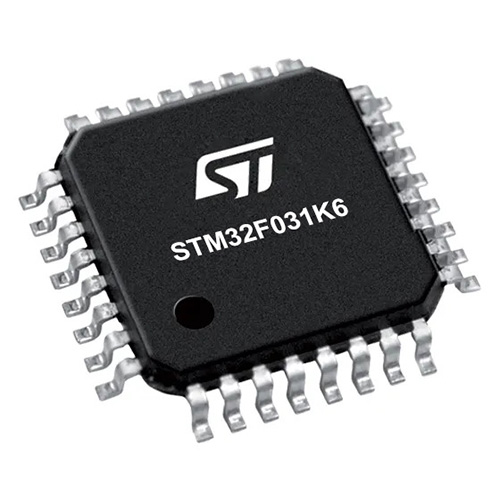
Architecture
ARM Cortex-M0
MCU Memory (KB)
32
Silicon Vendor
STMicroelectronics
Pin count
32
RAM (Bytes)
4096
You complete me!
Accessories
Click Shield for Nucleo-32 is the perfect way to expand your development board's functionalities with STM32 Nucleo-32 pinout. The Click Shield for Nucleo-32 provides two mikroBUS™ sockets to add any functionality from our ever-growing range of Click boards™. We are fully stocked with everything, from sensors and WiFi transceivers to motor control and audio amplifiers. The Click Shield for Nucleo-32 is compatible with the STM32 Nucleo-32 board, providing an affordable and flexible way for users to try out new ideas and quickly create prototypes with any STM32 microcontrollers, choosing from the various combinations of performance, power consumption, and features. The STM32 Nucleo-32 boards do not require any separate probe as they integrate the ST-LINK/V2-1 debugger/programmer and come with the STM32 comprehensive software HAL library and various packaged software examples. This development platform provides users with an effortless and common way to combine the STM32 Nucleo-32 footprint compatible board with their favorite Click boards™ in their upcoming projects.
Used MCU Pins
mikroBUS™ mapper
Take a closer look
Click board™ Schematic

Step by step
Project assembly
Software Support
Library Description
This library contains API for GNSS 3 Click driver.
Key functions:
gnss3_parse_gngga- GNSS 3 parse GNGGA functiongnss3_generic_read- Generic read functiongnss3_module_wakeup- Wake-up module.
Open Source
Code example
The complete application code and a ready-to-use project are available through the NECTO Studio Package Manager for direct installation in the NECTO Studio. The application code can also be found on the MIKROE GitHub account.
/*!
* \file
* \brief Gnss3 Click example
*
* # Description
* This example demonstrates the use of GNSS 3 Click by reading and displaying
* the GPS coordinates.
*
* The demo application is composed of two sections :
*
* ## Application Init
* Initializes the driver and resets the Click board.
*
* ## Application Task
* Reads the received data, parses the GNGGA info from it, and once it receives the position fix
* it will start displaying the coordinates on the USB UART.
*
* ## Additional Function
* - static void gnss3_clear_app_buf ( void )
* - static err_t gnss3_process ( gnss3_t *ctx )
* - static void gnss3_parser_application ( char *rsp )
*
* @note
* The default baud rate for communication UART is set to 9600. If you receive
* a Click board on which the default baud rate for UART is set differently,
* you will need to change the setting in the gnss13_setup_cfg function.
*
* \author MikroE Team
*
*/
// ------------------------------------------------------------------- INCLUDES
#include "board.h"
#include "log.h"
#include "gnss3.h"
#define PROCESS_BUFFER_SIZE 200
static gnss3_t gnss3;
static log_t logger;
static char app_buf[ PROCESS_BUFFER_SIZE ] = { 0 };
static int32_t app_buf_len = 0;
static int32_t app_buf_cnt = 0;
/**
* @brief GNSS 3 clearing application buffer.
* @details This function clears memory of application buffer and reset its length and counter.
* @return None.
* @note None.
*/
static void gnss3_clear_app_buf ( void );
/**
* @brief GNSS 3 data reading function.
* @details This function reads data from device and concatenates data to application buffer.
* @param[in] ctx : Click context object.
* See #gnss3_t object definition for detailed explanation.
* @return @li @c 0 - Read some data.
* @li @c -1 - Nothing is read or Application buffer overflow.
* See #err_t definition for detailed explanation.
* @note None.
*/
static err_t gnss3_process ( gnss3_t *ctx );
/**
* @brief GNSS 3 parser application.
* @param[in] rsp Response buffer.
* @details This function logs GNSS data on the USB UART.
* @return None.
* @note None.
*/
static void gnss3_parser_application ( char *rsp );
void application_init ( void )
{
log_cfg_t log_cfg;
gnss3_cfg_t cfg;
/**
* Logger initialization.
* Default baud rate: 115200
* Default log level: LOG_LEVEL_DEBUG
* @note If USB_UART_RX and USB_UART_TX
* are defined as HAL_PIN_NC, you will
* need to define them manually for log to work.
* See @b LOG_MAP_USB_UART macro definition for detailed explanation.
*/
LOG_MAP_USB_UART( log_cfg );
log_init( &logger, &log_cfg );
log_info( &logger, "---- Application Init ----" );
// Click initialization.
gnss3_cfg_setup( &cfg );
GNSS3_MAP_MIKROBUS( cfg, MIKROBUS_1 );
gnss3_init( &gnss3, &cfg );
gnss3_module_wakeup( &gnss3 );
Delay_ms ( 1000 );
}
void application_task ( void )
{
gnss3_process( &gnss3 );
if ( app_buf_len > ( sizeof ( ( char * ) GNSS3_RSP_GNGGA ) + GNSS3_GNGGA_ELEMENT_SIZE ) )
{
gnss3_parser_application( app_buf );
}
}
int main ( void )
{
/* Do not remove this line or clock might not be set correctly. */
#ifdef PREINIT_SUPPORTED
preinit();
#endif
application_init( );
for ( ; ; )
{
application_task( );
}
return 0;
}
static void gnss3_clear_app_buf ( void )
{
memset( app_buf, 0, app_buf_len );
app_buf_len = 0;
app_buf_cnt = 0;
}
static err_t gnss3_process ( gnss3_t *ctx )
{
int32_t rx_size = 0;
char rx_buf[ PROCESS_BUFFER_SIZE ] = { 0 };
rx_size = gnss3_generic_read( ctx, rx_buf, PROCESS_BUFFER_SIZE );
if ( rx_size > 0 )
{
int32_t buf_cnt = 0;
if ( ( app_buf_len + rx_size ) > PROCESS_BUFFER_SIZE )
{
gnss3_clear_app_buf( );
return GNSS3_ERROR;
}
else
{
buf_cnt = app_buf_len;
app_buf_len += rx_size;
}
for ( int32_t rx_cnt = 0; rx_cnt < rx_size; rx_cnt++ )
{
if ( rx_buf[ rx_cnt ] )
{
app_buf[ ( buf_cnt + rx_cnt ) ] = rx_buf[ rx_cnt ];
}
else
{
app_buf_len--;
buf_cnt--;
}
}
return GNSS3_OK;
}
return GNSS3_ERROR;
}
static void gnss3_parser_application ( char *rsp )
{
char element_buf[ 100 ] = { 0 };
if ( GNSS3_OK == gnss3_parse_gngga( rsp, GNSS3_GNGGA_LATITUDE, element_buf ) )
{
static uint8_t wait_for_fix_cnt = 0;
if ( strlen( element_buf ) > 0 )
{
log_printf( &logger, "\r\n Latitude: %.2s degrees, %s minutes \r\n", element_buf, &element_buf[ 2 ] );
gnss3_parse_gngga( rsp, GNSS3_GNGGA_LONGITUDE, element_buf );
log_printf( &logger, " Longitude: %.3s degrees, %s minutes \r\n", element_buf, &element_buf[ 3 ] );
memset( element_buf, 0, sizeof( element_buf ) );
gnss3_parse_gngga( rsp, GNSS3_GNGGA_ALTITUDE, element_buf );
log_printf( &logger, " Altitude: %s m \r\n", element_buf );
wait_for_fix_cnt = 0;
}
else
{
if ( wait_for_fix_cnt % 5 == 0 )
{
log_printf( &logger, " Waiting for the position fix...\r\n\n" );
wait_for_fix_cnt = 0;
}
wait_for_fix_cnt++;
}
gnss3_clear_app_buf( );
}
}
// ------------------------------------------------------------------------ END
Additional Support
Resources
Category:GPS/GNSS


